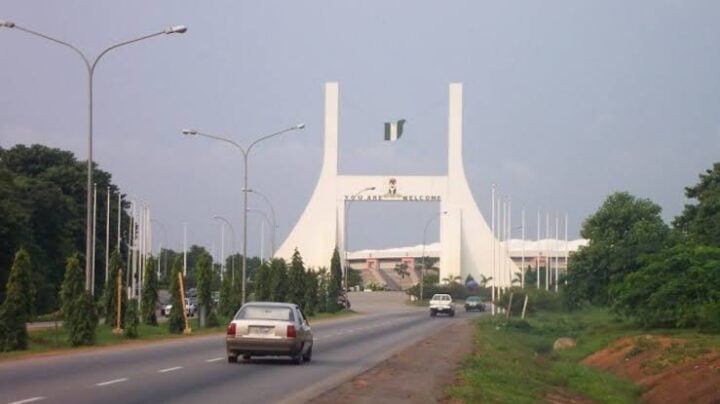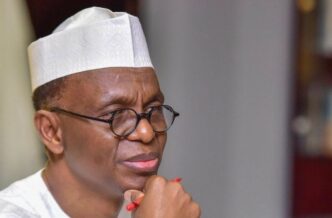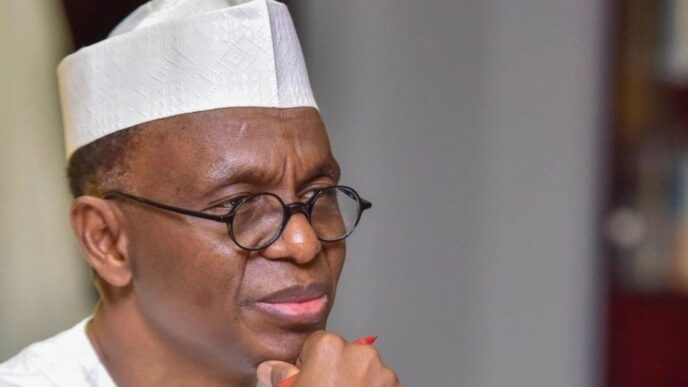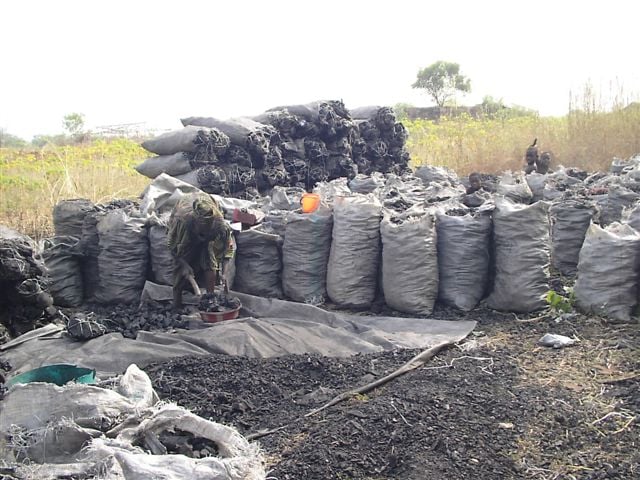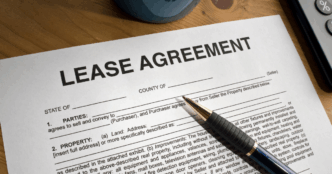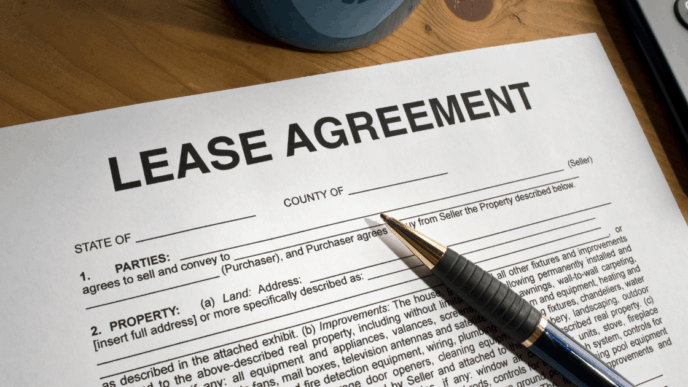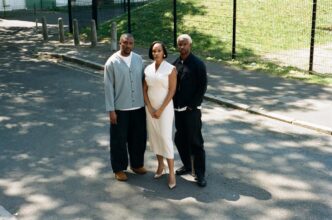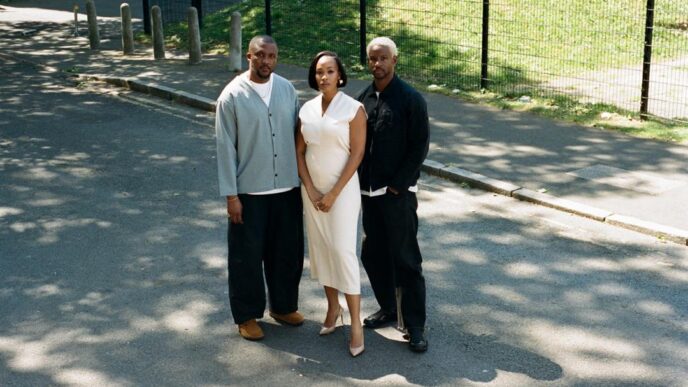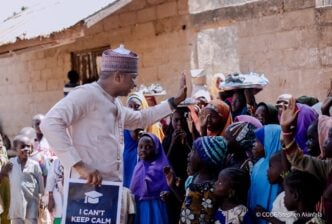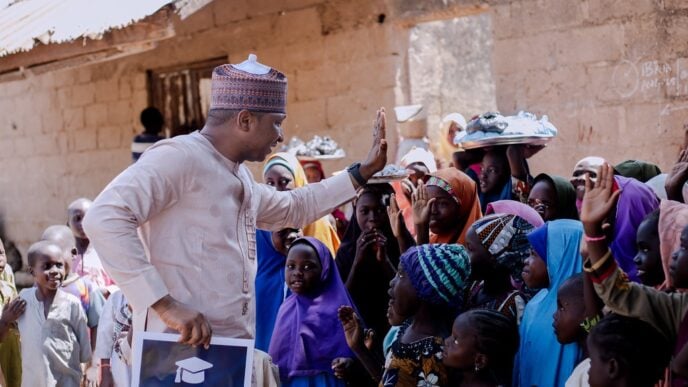BY GBENGA ONABANJO
Having explored the crisis (Part 1) and the contradictions and opportunities (Part 2), we now ask the most critical question of all: what must Lagos do next? This is no longer about rhetoric or romantic visions — it’s about policy, professionalism, and purpose.
The concrete jungle has spread, yes. But there is still time to reclaim our city. What we need is a new social contract — one that ties Return on Investment to Responsibility, and urban growth to environmental redemption.
ACTION POINT 1 — WHAT GOVERNMENT MUST INSTITUTIONALIZE
Advertisement
Lagos must move from pilot projects to permanent frameworks. Beautification cannot be occasional. It must be embedded in law and the budget. Urban green infrastructure must be treated as capital infrastructure. This means:
Reviving and enforcing master plans that integrate roads, green space, water management, and liveability.
Creating environmental and aesthetic audits for all public projects.
Developing a Lagos-wide tree planting and maintenance policy — not just symbolic planting.
Making infrastructure beautiful and sustainable — not just functional.
Mainstreaming climate-resilient designs in transportation, housing, and coastal development.
Urban renewal must not be cosmetic. It must tackle disorder at the root. This is where political will comes in — to enforce building codes, reclaim rights of way, and drive orderly development in emerging districts like Lekki.
Advertisement
ACTION POINT 2 — WHAT PROFESSIONALS MUST UPHOLD
Architects, engineers, urban planners, and surveyors must recommit to the ethics of their craft. Many have aided the chaos. But they can now lead the recovery.
Say NO to bad briefs and illegal alterations.
Educate clients on long-term impact, not just short-term returns.
Champion regenerative, nature-positive design.
Advocate through their institutes for stronger enforcement.
Let ROI also stand for Return on Integrity, Innovation, and Impact.
Advertisement
ACTION POINT 3 — WHAT CITIZENS AND CIVIL SOCIETY MUST CHAMPION
Change is not top-down alone. Citizens must see themselves as co-creators of the Lagos they live in. What can they do?
Organise community beautification drives.
Hold local officials accountable.
Set up neighbourhood tree planting initiatives.
Push for waste separation, recycling, and cleaner marketplaces.
Embrace themed days of environmental renewal.
Across the 20 LGAs, small green wins must become the norm. The movement has started — quiet, persistent, and rooted in civic pride.
ACTION POINT 4 — LEARNING FROM OTHERS (AND OURSELVES)
Advertisement
Lagos has done its homework before. Under Governors Bola Tinubu and Babatunde Fashola, a team led by Dal Handassah, in partnership with dedicated civil servants, developed comprehensive master plans for the five zones of Lagos. These plans were visionary. But political will failed their implementation.
Why? Because enforcing them would have meant reclaiming rights of way, demolishing encroachments, and disrupting illegality. It was hard — but necessary.
Advertisement
Now, global examples reinforce what Lagos already knows: cities like Kigali, Medellín, and Singapore turned their stories around through consistency, courage, and clarity.
ACTION POINT 5 — ROI REIMAGINED
Advertisement
For too long, Lagosians have accepted a warped notion of ROI — a rush to build, sell, and move on. But real ROI must now mean:
Return on Infrastructure that works.
Return on Innovation that lasts.
Return on Integrity that restores confidence.
Advertisement
Let’s move from ROI to ROA — Return on Atmosphere, Return on Accountability.
ACTION POINT 6 — VISION 2030: THE LAGOS WE MUST BUILD
Even London, a city that is centuries ahead in development, continues to expand its underground network. Lagos, with its youth, density, and dynamism, must do the same — not later, but now.
Begin deep sewers and underground drains incrementally.
Use rail corridors (Blue, Red, Green lines), power line corridors, and all building setbacks as launchpads for regeneration — integrating landscaping, art, walkability, and green buffers.
Embed world-class public design into transit hubs, markets, and waterfronts.
Let the lagoon become a lifestyle — not a dumping ground.
We can start in pockets. A cleaned-up corridor. A redesigned junction. A greened-up rail route. These become the seeds of a bigger dream.
CONCLUSION — THE CITY REDEEMED
Lagos stands once again at a historic inflection point. The whispers of a citywide awakening are growing. What began as local action is tilting toward something bigger.
Not a revolution of noise, but of restoration. Not a fantasy, but a blueprint.
What kind of Lagos are we building? The answer lies not in the budget — but in the boldness of vision. And in the quiet resolve to do things excellently the first time.
Because this city, despite its scars, can still surprise the world.
And if the sheer weight of uncontrolled population growth continues to weigh her down, then perhaps it’s time to think beyond beautification and renewal. A bold Vision 2035 could decentralise Lagos by relocating the seat of the legislature and judiciary to Badagry and Epe, while maintaining Lagos Island as the seat of commerce.
Such a strategy would stimulate balanced development across the state and reduce the relentless rural-urban migration that strains the city’s core.
Onabanjo, an architect, environmentalist and urban policy advocate, is the founder of GO-FORTE FOUNDATION – an NGO for the restoration of the environment.
Views expressed by contributors are strictly personal and not of TheCable.

